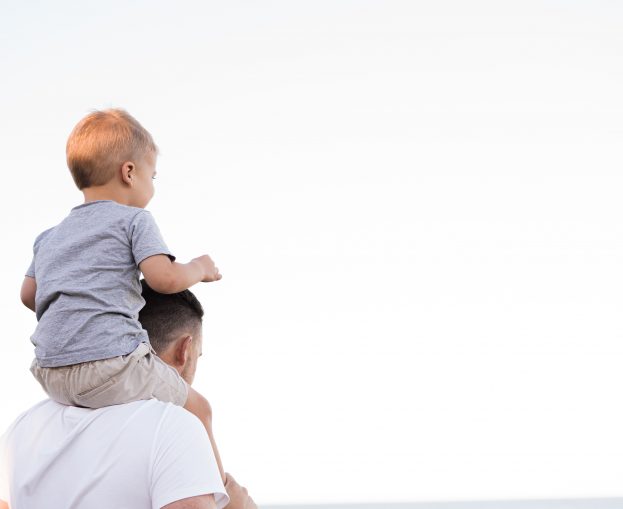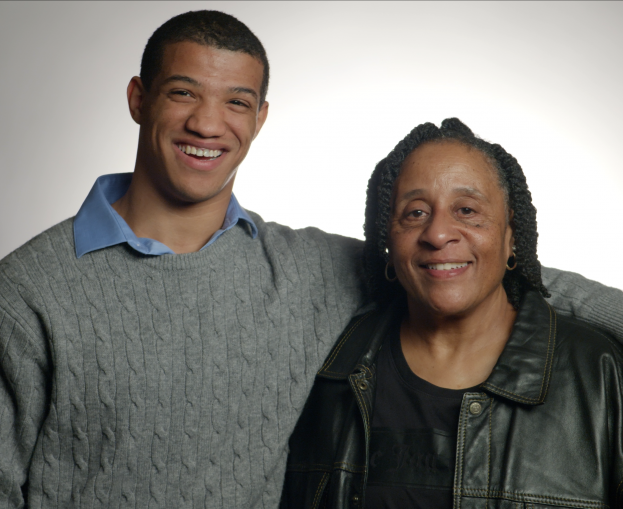Out of Tragedy Comes Strength
When I heard news reports about Shalom Lawson – the eight-year-old Louisville boy with autism who drowned in a Brownsburg retention pond in July – it hit me hard. Working on the Damar campus, I’m privileged to see multiple versions of Shalom every day. While their ages and abilities differ, each is a distinct, unique individual in his or her own beautiful way.
But, in other ways, each is a version of Shalom: vulnerable to impulses, naive about many dangers, and so very innocent. And I wanted to protect them and others like them, just as I wish I could have protected Shalom.
So I turned to the experts in the industry – my colleagues – and asked them what we could do to help prevent tragedies such as these. What I found was a lifesaver – or more specifically, I found that something in the form of Project Lifesaver, a national organization that helps put wristbands with tracking devices on people who are prone to wandering.
And then I found a community – a team, really – ready to help.
All I had to do was mention to my colleagues at Damar the idea of putting Project Lifesaver bands onto as many wrists/ankles as possible, and they were ready for action. A call to our friends at the Indianapolis Colts yielded a “How can we help?” Quick conversations with area public safety agencies got them onboard. Parents of people with autism were delighted to learn of the idea.
So, what is this team doing? We’re working to raise $50,000 to purchase wristbands for local residents who cannot afford them. The Damar Foundation will match every dollar donated up to $25,000.
And if you’re thinking about giving, please do it now. Every day that passes is another day that we could lose another child. Even as we have been working on this project, more lives have been lost. Most recently, five-year-old Andrew Khyang died in a retention pond just across the street from his Perry Township home. If someone in your family could be made safer by having a wristband, you can also visit www.damar.org.
In case you’re not familiar with it, here’s how Project Lifesaver works: Children or adults prone to wandering wear a wrist or ankle band that has a trackable transmitter. If an individual goes missing, first responders use radio technology to locate the individual. Since time is of the essence for a missing person, the speed of the technology helps find people more quickly.
When an individual is accepted into the Project Lifesaver program, he or she works with the Project Lifesaver coordinator at a local public safety agency. In this area, Project Lifesaver public safety agencies include Marion, Johnson, Morgan, Hendricks, Boone, Hamilton, Hancock and Shelby Counties.
The Project Lifesaver coordinator at each agency gets to know their “clients” because they visit them regularly to change the device’s batteries. I was moved to learn about the relationships many Project Lifesaver families have with their local public safety friends. And everyone with a family member on the program raves about the peace-of-mind they receive from knowing there’s a plan for what to do when their loved one wanders.
It’s a peace of mind – or, shalom, in Hebrew – that every family with a loved one who’s prone to wander should have.





